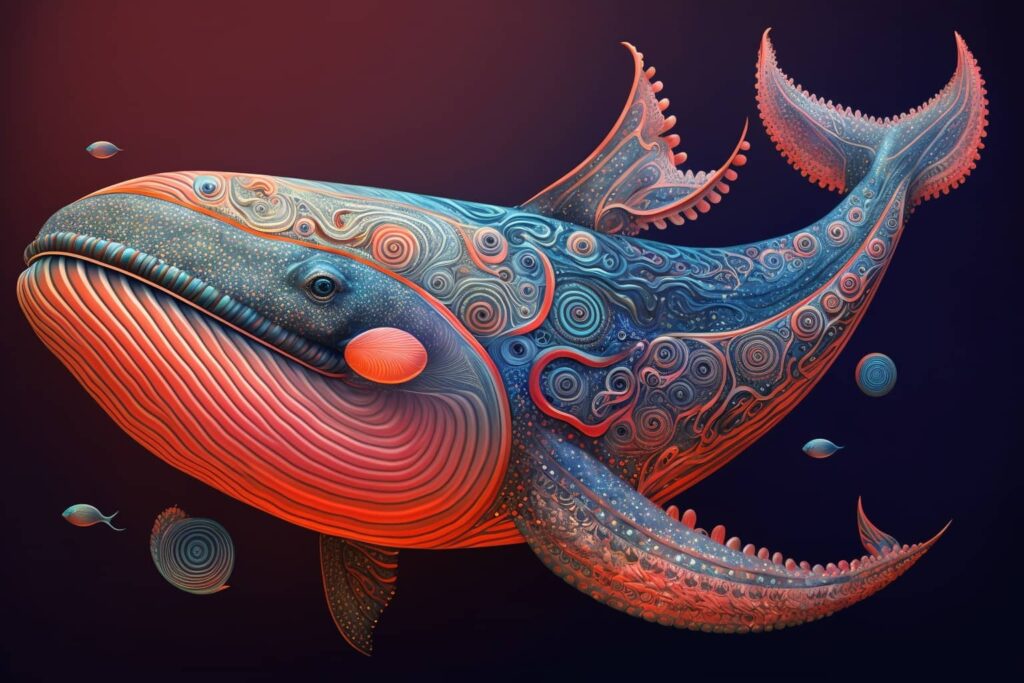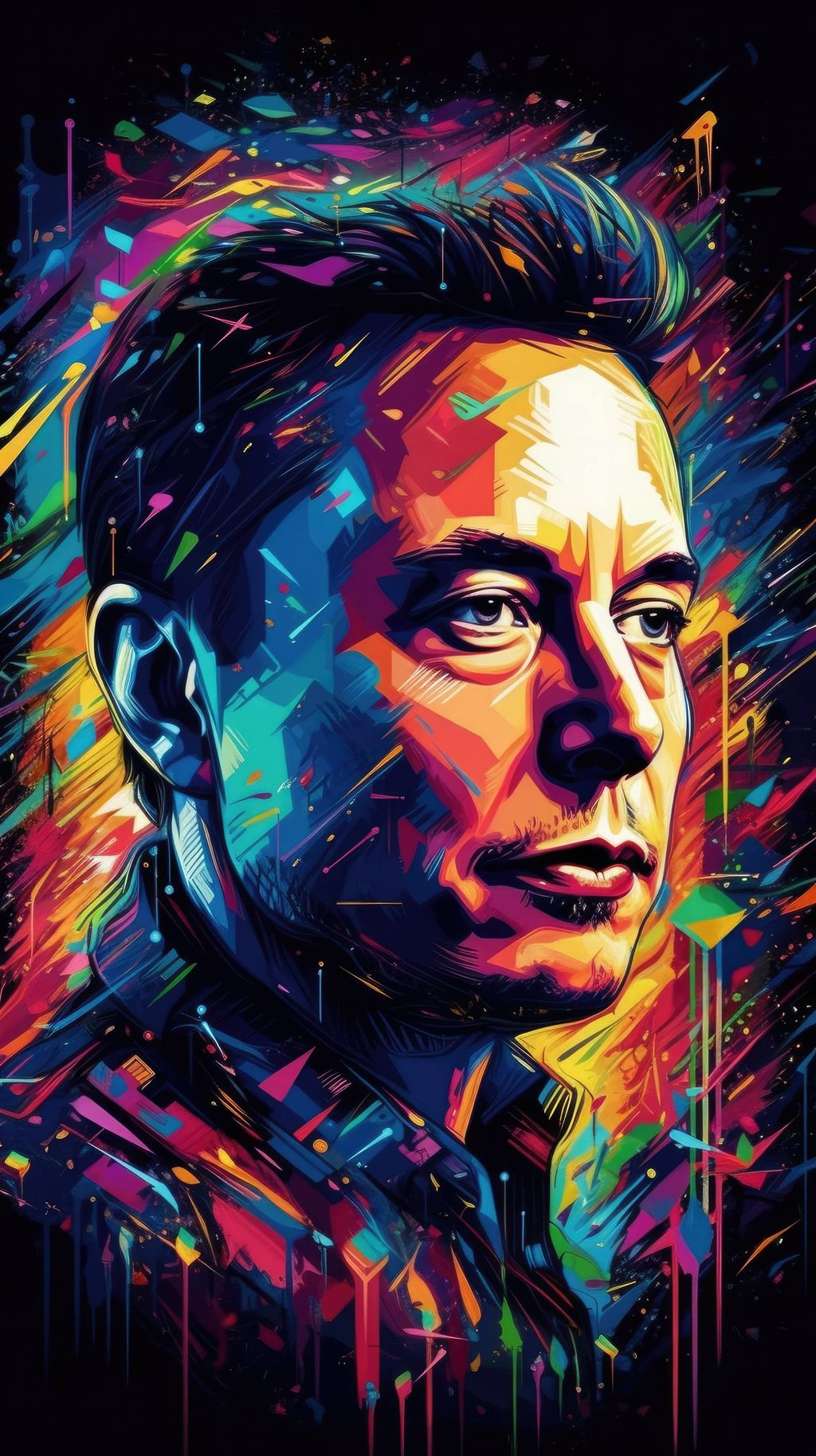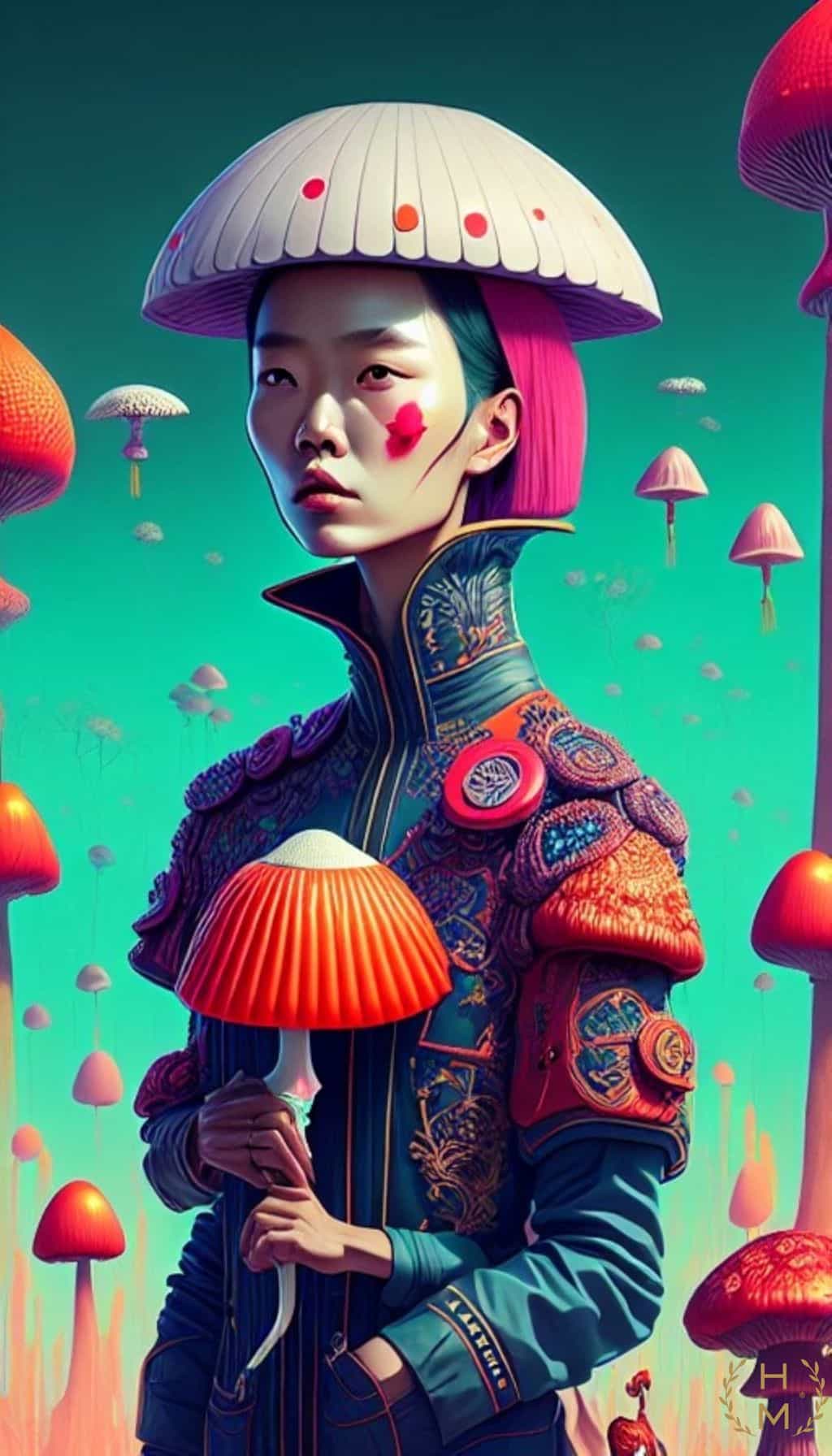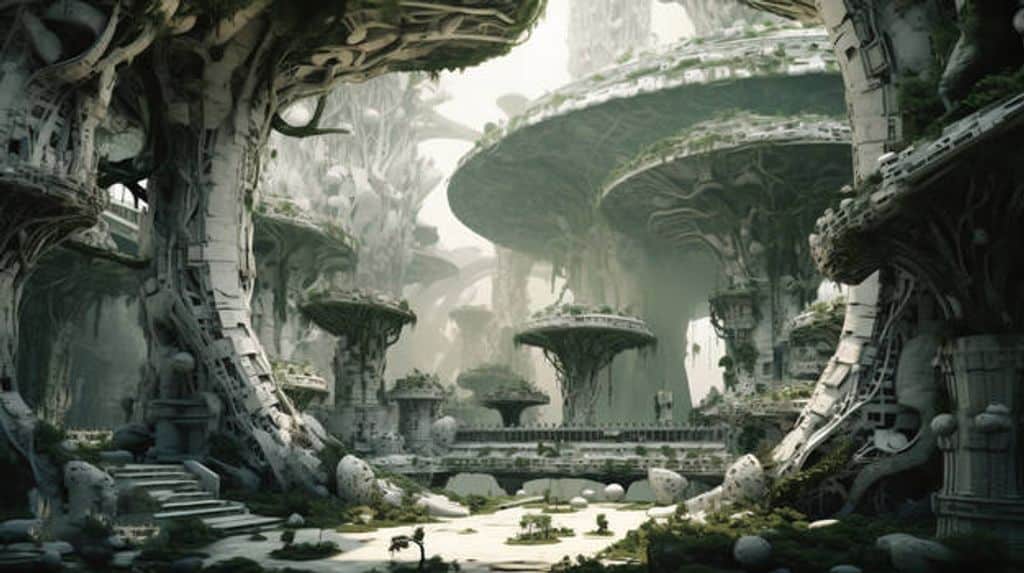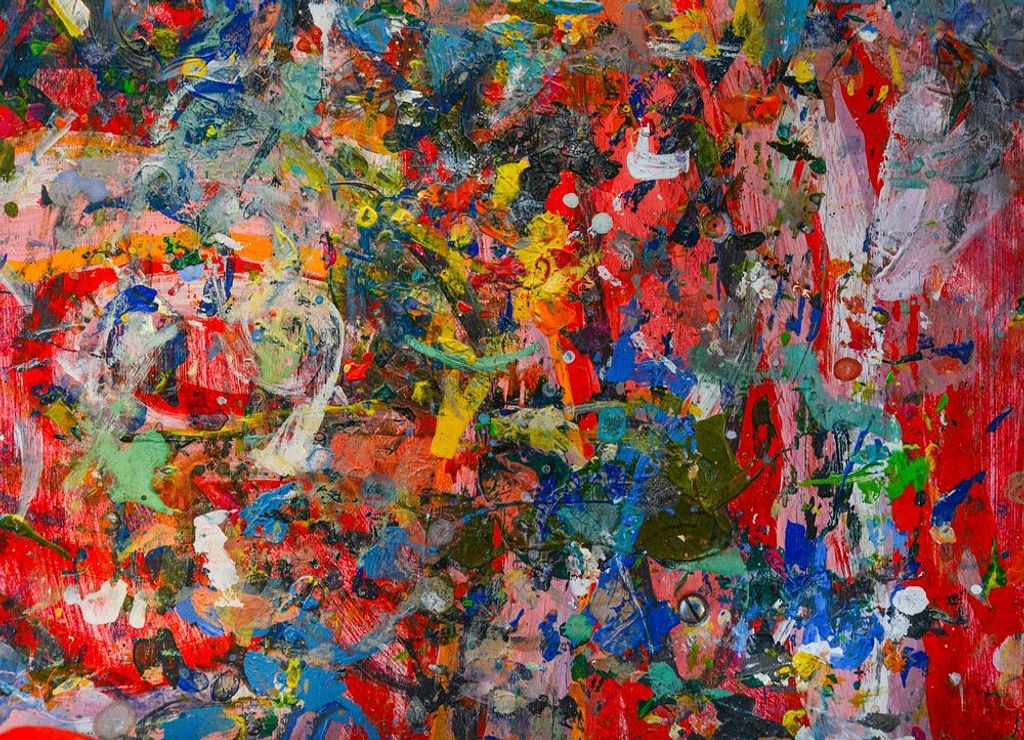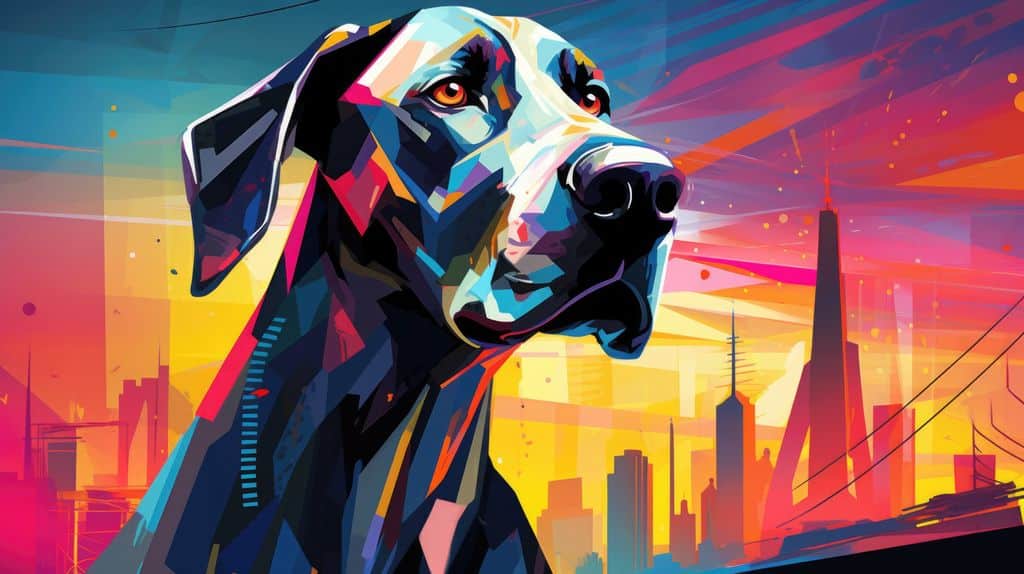In today’s technologically advanced world, art has found a new canvas – the digital realm. With the advent of powerful computers, sophisticated software, and digital drawing tablets, artists now have the opportunity to explore and create breathtaking masterpieces in the digital art world. This article explores the evolution of digital art, the tools and techniques used in the field, different styles of digital art, its applications in various industries, and the future of this dynamic medium.
Table of Contents
ToggleKey Takeaways
- Digital art has revolutionized the way artists create and express themselves.
- Tools and techniques in digital art include digital drawing and painting, 3D modeling and sculpting, photo manipulation, and motion graphics and animation.
- Different styles of digital art include realism and hyperrealism, abstract and surrealism, pop art and minimalism, and comic and manga art.
- Digital art is widely used in industries such as advertising and marketing, film and entertainment, gaming and virtual reality, and fashion and design.
- The future of digital art holds exciting possibilities with the integration of artificial intelligence and machine learning, virtual and augmented reality, blockchain and cryptocurrency, and collaboration through online communities.
The Evolution of Digital Art
From Traditional to Digital
The transition from traditional to digital art has revolutionized the way artists create and express themselves. With the advancement of technology, artists no longer need to rely on physical mediums such as canvas, brushes, and paints. Instead, they can use digital devices like tablets and computers, along with specialized software, to bring their artistic visions to life. This shift offers numerous advantages, including unlimited undo options, easy experimentation, and a lower cost of entry. Digital art provides a more forgiving and adaptable platform for artists to explore their creativity.
The Impact of Technology
Technology has revolutionized the world of digital art, enabling artists to push the boundaries of creativity and innovation. With the advent of powerful software and hardware tools, artists can now create intricate and detailed artworks that were once unimaginable. The use of digital tools has also made the process of creating art more efficient and accessible, allowing artists to experiment and iterate quickly. Additionally, technology has opened up new avenues for collaboration and sharing, with artists being able to connect and showcase their work to a global audience. Overall, the impact of technology on digital art has been transformative, empowering artists to explore new possibilities and redefine the boundaries of artistic expression.
| Advantages of Technology in Digital Art |
|---|
| Increased flexibility and versatility |
| Enhanced precision and control |
| Access to a wide range of digital tools |
| Efficient workflow and faster iteration |
| Global reach and exposure |
Embrace the power of technology and unlock your creative potential in the world of digital art.
Digital Art Movements
Digital art movements have emerged as a result of the ever-evolving world of technology and creativity. These movements represent different artistic approaches and philosophies within the digital art realm. They provide artists with a platform to express their ideas and challenge traditional artistic boundaries. Some notable digital art movements include:
- Generative Art: This movement focuses on creating art using algorithms and computer code, allowing for the generation of unique and unpredictable artworks.
- Glitch Art: Glitch art embraces digital errors and glitches, transforming them into artistic elements. Artists intentionally manipulate digital files to create visually striking and distorted images.
- Net Art: Net art explores the internet as a medium for artistic expression. Artists create interactive and multimedia artworks that engage with online communities and challenge the traditional gallery space.
- Virtual Reality Art: Virtual reality art utilizes immersive technologies to create interactive and immersive experiences. Artists can transport viewers into virtual worlds and explore new dimensions of artistic expression.
These digital art movements showcase the diverse and innovative ways in which artists are utilizing technology to redefine the boundaries of art.
Tools and Techniques in Digital Art
Digital Drawing and Painting
Digital drawing and painting have revolutionized the art world by providing artists with new tools and techniques to create stunning artworks. Unlike traditional drawing and painting, digital art does not require physical brushes and paints, relying instead on digital devices such as tablets and computers, along with software designed specifically for creating art. This modern approach offers digital art beginners unlimited undo options, easy experimentation, and a low-cost entry—making it forgiving, adaptable, and accessible compared to traditional art. It provides an easier barrier to entry that only encourages budding artists to explore digital art.
3D Modeling and Sculpting
3D Modeling and Sculpting is a crucial aspect of digital art, allowing artists to create three-dimensional objects and characters using specialized software. It involves the process of crafting virtual sculptures with precision and attention to detail. This technique is widely used in various industries such as film, gaming, and virtual reality, where realistic and immersive visuals are essential. With 3D modeling and sculpting, artists can bring their ideas to life and give them depth and dimension. It requires a combination of technical skills and artistic creativity to achieve stunning results.
Photo Manipulation
Photo manipulation is the art of altering photos to create imaginative or surreal scenes. It involves using digital tools and techniques to modify and enhance images, allowing artists to create unique and visually stunning compositions. With photo manipulation, artists can combine multiple images, adjust colors and lighting, add or remove elements, and create a whole new reality. This technique is widely used in digital art, advertising, and online platforms to craft visually captivating content that grabs the viewer’s attention.
Motion Graphics and Animation
Motion graphics and animation are essential elements in digital art that bring images to life through movement and sequence. They are widely used in various industries such as advertising, film, gaming, and virtual reality. Motion graphics refers to the use of graphic design principles to create animated visuals, often used in commercials, explainer videos, and user interfaces. Animation involves the creation of moving images, typically through the use of frames or digital manipulation. It can be used to tell stories, convey emotions, or add visual interest to a project.
In the world of digital art, there are several software options available for creating motion graphics and animation. Some popular choices include Adobe After Effects, Toon Boom Harmony, and Autodesk Maya. These tools offer a wide range of features and capabilities, allowing artists to bring their creative visions to life. Whether you’re interested in creating dynamic advertisements, captivating visual effects, or immersive animated experiences, motion graphics and animation are powerful tools that can elevate your digital artistry.
Here is a table summarizing the key points:
| Motion Graphics | Animation |
|---|---|
| Use of graphic design principles | Creation of moving images |
| Often used in commercials, explainer videos, and user interfaces | Can be used to tell stories, convey emotions, or add visual interest |
| Software options include Adobe After Effects, Toon Boom Harmony, and Autodesk Maya | Offers a wide range of features and capabilities |
Tip: When creating motion graphics and animation, it’s important to consider the principles of design, such as composition, color, and timing. Experiment with different techniques and styles to find your unique artistic voice.
Exploring Different Styles in Digital Art
Realism and Hyperrealism
Realism and Hyperrealism are two popular styles in digital art that aim to create highly detailed and lifelike representations of the subject matter. In realism, artists strive to depict the subject matter as accurately as possible, capturing every detail and texture with precision. Hyperrealism takes this a step further by creating artworks that are so realistic, they can be mistaken for photographs.
To achieve realism and hyperrealism in digital art, artists utilize advanced techniques and tools. They often start with a high-resolution reference image and use digital drawing and painting software to meticulously recreate the details. They pay close attention to lighting, shading, and texture to create a sense of depth and realism.
In addition to digital drawing and painting, artists may also use photo manipulation techniques to enhance the realism of their artworks. They can blend multiple images, adjust colors and tones, and add special effects to create a seamless and convincing composition.
Creating realistic and hyperrealistic digital art requires a combination of technical skill, patience, and attention to detail. It is a labor-intensive process that requires hours of work to achieve the desired level of realism. However, the end result is often breathtaking and can evoke a strong emotional response from viewers.
Table:
| Style | Description |
|---|---|
| Realism | A style that aims to depict the subject matter accurately and faithfully. |
| Hyperrealism | A style that creates artworks so realistic, they can be mistaken for photographs. |
Tip: Pay attention to small details such as reflections, highlights, and subtle variations in color and texture to enhance the realism of your digital artworks.
Abstract and Surrealism
Abstract and surrealism are two distinct styles in the world of digital art. Abstract art focuses on the use of shapes, colors, and forms to create non-representational and non-objective artworks. It often explores emotions, concepts, and ideas through the manipulation of visual elements. Artists who specialize in abstract art use digital tools to experiment with different compositions and techniques, resulting in unique and thought-provoking pieces.
On the other hand, surrealism combines reality and imagination to create dreamlike and fantastical artworks. It often features unexpected juxtapositions, irrational elements, and symbolic imagery. Digital artists who embrace surrealism can manipulate and transform photographs, creating imaginative and otherworldly scenes that challenge the viewer’s perception.
In the realm of digital art, abstract and surrealism offer endless possibilities for artistic expression and exploration. Artists can push the boundaries of traditional art forms and create visually captivating works that evoke emotions and spark the imagination.
Here is a comparison between abstract and surrealism in digital art:
| Abstract | Surrealism |
|---|---|
| Focuses on shapes, colors, and forms | Combines reality and imagination |
| Non-representational and non-objective | Features unexpected juxtapositions |
| Explores emotions, concepts, and ideas | Creates dreamlike and fantastical artworks |
| Experimentation with compositions and techniques | Manipulation and transformation of photographs |
Tip: When exploring abstract and surrealism in digital art, don’t be afraid to experiment and let your imagination run wild. Embrace the freedom that digital tools offer and create artworks that challenge conventions and inspire others.
Pop Art and Minimalism
Pop Art and Minimalism are two influential styles in the world of digital art. Pop Art emerged in the 1950s and 1960s as a reaction against the traditional art world. It celebrated popular culture and everyday objects, often using bright colors and bold imagery. Artists like Andy Warhol and Roy Lichtenstein were key figures in the Pop Art movement.
On the other hand, Minimalism emerged in the 1960s as a response to the complexity and expressiveness of Abstract Expressionism. Minimalist artworks are characterized by simplicity, clean lines, and a focus on geometric shapes. Artists like Donald Judd and Agnes Martin were pioneers of Minimalism.
These two styles have had a significant impact on digital art, influencing artists to experiment with bold colors and simple, clean designs. They continue to inspire contemporary digital artists to create visually striking and thought-provoking works.
In terms of techniques, artists working in the Pop Art style often use photo manipulation and digital painting to create vibrant and eye-catching images. On the other hand, Minimalist artists may utilize 3D modeling and motion graphics to create sleek and minimalist designs.
Overall, Pop Art and Minimalism have left a lasting legacy in the world of digital art, shaping the way artists approach color, composition, and visual storytelling.
Comic and Manga Art
Comic and Manga Art is a popular style in digital art that focuses on creating visually captivating narratives through sequential storytelling. This style often features vibrant and expressive characters, dynamic action scenes, and intricate backgrounds. Artists who specialize in Comic and Manga Art use digital tools and techniques to bring their illustrations to life, incorporating elements such as speech bubbles, sound effects, and panel layouts to enhance the storytelling experience.
In Comic and Manga Art, artists employ a variety of techniques to convey emotions and convey the narrative effectively. These techniques include the use of exaggerated facial expressions, dynamic poses, and detailed backgrounds. The combination of these elements creates a visually engaging and immersive experience for the audience.
If you’re interested in creating your own Comic and Manga Art, here are some key tips to keep in mind:
- Develop a strong understanding of storytelling principles and pacing to create compelling narratives.
- Experiment with different panel layouts and compositions to create visual interest and guide the reader’s eye.
- Pay attention to character design, ensuring that each character has a distinct personality and visual style.
- Use bold and expressive linework to emphasize action and movement.
- Practice drawing dynamic poses and gestures to bring energy to your illustrations.
Remember, Comic and Manga Art is a versatile style that allows for creativity and experimentation. Don’t be afraid to explore different techniques and find your unique artistic voice in this exciting genre.
Digital Art in Various Industries
Advertising and Marketing
In the world of digital art, advertising and marketing have greatly benefited from the advancements in technology. Branding has become more dynamic and visually appealing, with digital artists crafting visual content that captures the attention of audiences. Digital art techniques such as photo manipulation allow for the alteration of photos to create imaginative and surreal scenes that effectively convey a brand’s message. Additionally, digital artists can create pixel art, which is often seen in retro-style games, to evoke a sense of nostalgia and engage users. The use of digital sculpture and 2D animation can also bring brands to life through captivating visuals and movement. Overall, digital art has revolutionized the advertising and marketing industry, providing endless possibilities for creative expression and brand storytelling.
Film and Entertainment
In the world of digital art, the film and entertainment industry plays a significant role. Film has always been a powerful medium for storytelling, and with the advancements in digital artistry, filmmakers now have endless possibilities to bring their visions to life. From creating stunning visual effects to designing immersive virtual worlds, digital art has revolutionized the way movies are made.
One of the key tools used in the film industry is 3D modeling and sculpting. This technique allows artists to create realistic and detailed characters, creatures, and environments that enhance the storytelling process. With the use of advanced software and techniques, filmmakers can now create breathtaking visuals that were once only possible in the realm of imagination.
Another important aspect of digital art in film and entertainment is motion graphics and animation. These techniques are used to bring static images to life, adding movement and visual interest to films. Whether it’s creating dynamic title sequences, animating characters, or designing captivating visual effects, motion graphics and animation are essential in creating an engaging cinematic experience.
In addition to the technical aspects, digital artistry also plays a crucial role in the creative direction of films. From concept art and storyboarding to color grading and visual styling, digital artists contribute their unique vision and expertise to shape the overall look and feel of a movie. They work closely with directors and production designers to create visually stunning and cohesive worlds that transport audiences into different realms.
As technology continues to advance, the possibilities for digital art in the film and entertainment industry are endless. From virtual reality experiences to real-time rendering, digital artistry will continue to push the boundaries of storytelling and visual effects, creating immersive and unforgettable cinematic experiences.
Gaming and Virtual Reality
In the dynamic world of art, technology has continued to revolutionize the way we create and experience it. One of the most thrilling developments in recent times is the intersection of digital art and virtual reality (VR). This emerging fusion has given birth to a realm of artistic possibilities that captivate both artists and audiences alike.
- Immersive Digital Art Experiences:
Stepping into the realm of virtual reality, art enthusiasts are treated to a realm of boundless creativity. VR allows artists to sculpt, paint, and compose in a three-dimensional space, immersing users in a wholly unique experience. By donning a VR headset, visitors can enter digital galleries, walk around interactive exhibits, and even become part of the artwork itself. - Creating Art in Virtual Reality Environments:
Virtual reality not only redefines the way we perceive art but also revolutionizes the creative process. Artists can now wield digital brushes, manipulate virtual objects, and explore innovative techniques in ways that were once impossible. The intuitive and tactile nature of VR tools provides an unmatched level of precision, enabling artists to bring their visions to life with astonishing detail and depth. - Tools and Platforms for VR Art Creation:
The advent of VR art has paved the way for a myriad of tools and platforms tailored to artists’ needs. Applications such as Tilt Brush, Gravity Sketch, and Quill provide intuitive interfaces for 3D drawing and painting, while others like Medium enable sculpting virtual masterpieces with ease.
Showcasing and Sharing Digital Art:
In today’s digital age, artists have a unique opportunity to showcase and share their creativity with a global audience. Digital art has opened doors to endless possibilities, allowing artists to connect with art enthusiasts and potential buyers.
Fashion and Design
Fashion and design is an integral part of the digital art world. With the advancement of technology, designers are able to create stunning and innovative pieces that push the boundaries of traditional fashion. Digital tools allow for precise and intricate detailing, resulting in unique and eye-catching designs. From 3D printed garments to interactive fashion shows, digital artistry has revolutionized the fashion industry. Designers can now experiment with new materials, textures, and patterns, creating bold and avant-garde looks that captivate audiences.
The Future of Digital Art
Artificial Intelligence and Machine Learning
Artificial Intelligence (AI) has emerged as a powerful tool in the hands of digital artists, offering new possibilities and pushing the boundaries of creative expression. The fusion of art and technology in the realm of digital artistry has paved the way for innovative techniques and groundbreaking artwork. With AI, artists can explore generative algorithms, neural networks, and machine learning to create stunning and unique artworks. The integration of AI tools in the creative process opens up a world of possibilities for both aspiring and experienced artists. The Complete AI Digital Artist Masterclass is a comprehensive journey that explores the synergy between human creativity and cutting-edge technology. It offers hands-on projects that allow participants to apply their newfound knowledge and gain valuable insights into how AI is influencing the art industry.
Virtual and Augmented Reality
Virtual reality (VR) has revolutionized the way we perceive and create art. Artists can now use digital brushes and manipulate virtual objects to explore innovative techniques. The intuitive and tactile nature of VR tools provides precision, allowing artists to bring their visions to life with astonishing detail and depth.
- Tools and Platforms for VR Art Creation: The advent of VR art has led to the development of various tools and platforms tailored to artists’ needs. Applications like Tilt Brush, Gravity Sketch, and Quill provide intuitive interfaces for 3D drawing, painting, and sculpting.
- Immersive Digital Art Experiences: Stepping into the realm of VR, art enthusiasts are treated to a realm of boundless creativity. VR allows visitors to enter digital galleries, walk around interactive exhibits, and even become part of the artwork itself.
In the dynamic world of art, the fusion of digital art and VR has opened up new artistic possibilities that captivate both artists and audiences alike.
Blockchain and Cryptocurrency in Art
In recent years, blockchain technology has reshaped the landscape of digital art. Non-fungible tokens (NFTs), backed by blockchain technology, have provided artists with new opportunities to showcase their work, connect with collectors, and earn revenue. NFTs offer a decentralized marketplace that enables artists to directly sell their digital art without intermediaries. This disruptive technology has sparked a wave of excitement, attracting artists and collectors alike. As the NFT market continues to evolve, it’s important for artists to stay informed and explore this emerging avenue for showcasing and monetizing their digital creations.
Collaboration and Online Communities
Engaging with digital art communities and exhibitions can expand your reach and foster connections within the artistic community. Join online forums, social media groups, and art-specific platforms to network with fellow artists, share experiences, and gain valuable feedback on your work.
Additionally, participating in collaborative projects with artists from different cultures can provide unique perspectives and broaden your artistic horizons. It allows for the exchange of ideas, techniques, and styles, resulting in innovative and diverse artworks.
To make the most out of collaboration and online communities, consider the following:
- Actively engage with other artists by commenting on their work, offering constructive criticism, and sharing resources.
- Seek out opportunities to collaborate on joint projects, exhibitions, or art events.
- Stay updated with the latest trends and discussions in the digital art community.
Remember, collaboration and online communities can not only enhance your artistic skills but also provide support and inspiration throughout your artistic journey.
The future of digital art is an exciting and rapidly evolving field. With advancements in technology and the increasing demand for digital content, professional digital artists are in high demand. At ProDigitalArtists.com, we offer a wide range of digital art services to meet your project needs. Whether you need illustrations, animations, or graphic design, our team of talented artists can bring your vision to life. Our website is the go-to destination for anyone looking to hire professional digital artists. With a user-friendly interface and a vast portfolio of previous work, you can easily browse through our artists’ profiles and find the perfect fit for your project. Don’t settle for mediocre art when you can have professional digital art as a service.
Conclusion
In conclusion, embracing the world of digital art activities opens a realm of endless possibilities for creativity, expression, and innovation. From immersive virtual reality experiences to digital painting and animation, this dynamic medium offers artists and enthusiasts a platform to explore, evolve, and share their artistic visions with a global audience. As technology continues to advance, the potential for growth and impact within the digital art community is boundless, making it an exciting and promising frontier for the future of art. Visit ProDigitalArtists.com today and take your project to the next level.

